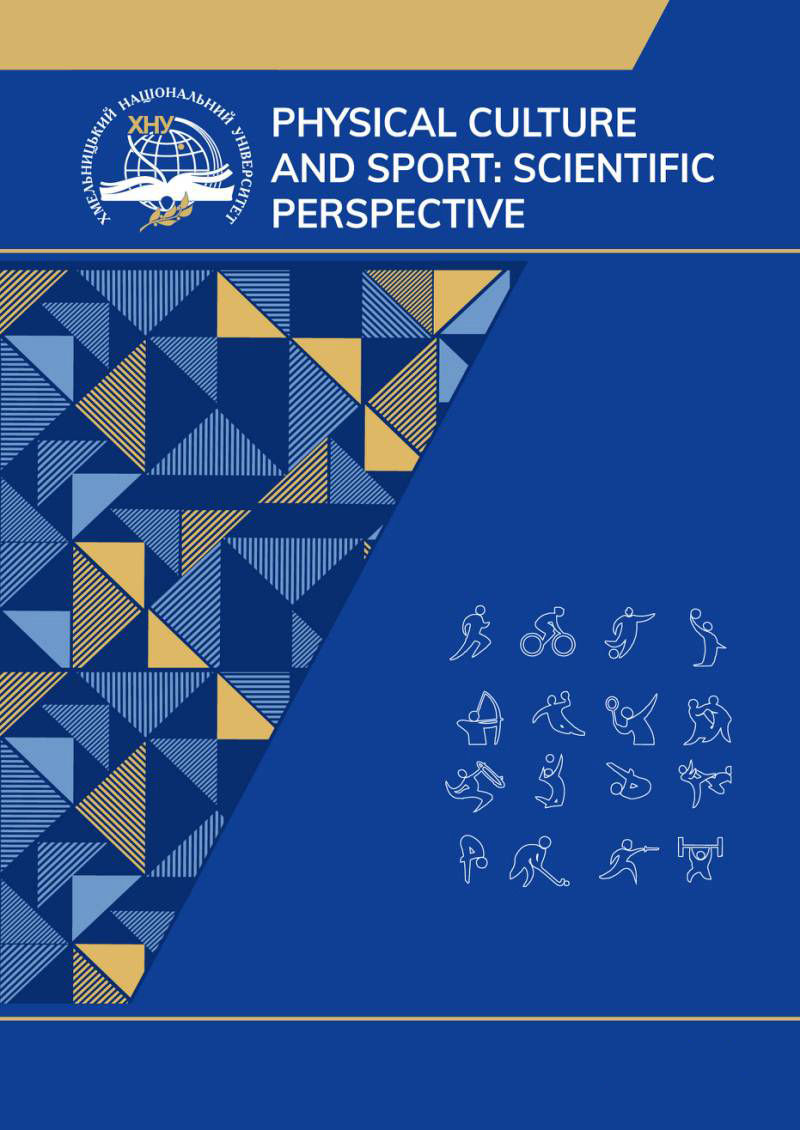EVOLUTION OF THE COMPETITION MODELS IN EUROPEAN PROFESSIONAL FOOTBALL
DOI:
https://doi.org/10.31891/pcs.2024.1.47Keywords:
competition system, model, professional football, factors, changes, development, impact, analysisAbstract
The list of competitions in European professional football and their format have undergone certain changes and today remain relevant for the study of the socio-economic effect of conducting sports and competitive activities. The development of any kind of sport is connected with the development of competitive practice. Focusing on the factor of presence/absence of pronounced components of the competition system at certain time stages, it is possible to predict further prospects. Purpose: based on the study of the evolution of the key factors of development, to determine the models of competitions in European professional football. Methods: theoretical analysis and generalization, system analysis, historical and logical, abstraction, comparison, formalization, modeling. The results. Under the auspices of UEFA, a number of tournaments with a common focus are held. It is determined by the need to popularize football, attract clubs from different countries, and increase income from conducting competitions. Elucidation and interpretation of the key factors in the development of European professional football will make it possible to determine the evolution of the competition models in this sport. Based on the study and generalization of the factors of the development of professional football in Europe, stages with the following variants of competition system models were determined: 1862–1887 – chaotic tournament model within a non-systemic group; 1888–1915, 1920–1938 and 1946–1953 years – a model of national championships within the discrete-systemic group; 1954–1978 – a model of pan-European tournaments within the systemic group; 1979–1990, 1991–2019, 2020–2021, and from 2022 – a tournament-hierarchical model within systemic, adaptive-dissystemic and resystemic groups. In 1916–1919 and 1939–1945, football competitions at the professional level did not take place due to the destructive impact on the competition systems of the events of the First and Second World Wars. Conclusions. In professional football, as in other game kinds of professional sports, standardized groups of models are distinguished: non-systemic, discrete-systemic, systemic, adaptive-systemic, resystemic. They have certain periods associated with certain factors of external and internal influence.
References
Borysova, O. V. (2000), Formationanddevelopmentofprofessionaltennisintheworldpracticeofsports. Sushko, R. (2017), Analysis ofproblematicissuesinthedevelopmentofsportsgamestakingintoaccountthefactorsofglobalizationofhigh-achievementsports. Physicalculture, sportandhealthofthenation. Vol. 3 (22). Pp. 441–445.
Pedagogy, psychologyandmedicalandbiologicalproblemsofphysicaleducationandsports. no. 36. pp. 3–9.
Johnes, M. &Mason, R. (2003), Soccer, PublicHistoryandtheNationalFootballMuseum, SportinHistory, Vol. 23 (1), pp. 115–131, https://doi.org/10.1080/17460260309414728
Solomonko, V.V., Lysenchuk, G.A. &Solomonko, O.V. (2005), Football. Kyiv: OlympicLiterature. 296 p.
Pityn, M.P., Khimenes, H.R., Karpa, I.Ya.& Ripak I.M. (2019), Representation oftheleadingfootballcountriesatthe UEFA EuropaLeaguecompetitionsduring 2009–2018. Thescientificjournalofthe M.P. Dragomanov NPU. SeriesNo. 15. Scientificandpedagogicalproblemsofphysicalculture (physicalcultureandsports). Kyiv. vol. 3(111)19. Pp. 114–120.
Pityn, M., Khimenes, H. &Dulibskyi A. (2019), Representationofprofessionalfootballclubsin UEFA EuropaLeaguecompetitions. BulletinoftheCarpathianUniversity. Series: Physicalculture. no. 31. Pp. 117–124. https://doi.org/10.15330/fcult.31.117-124.
Khimenes, H., Pityn, M., Dulibskyi, A. &HnatchukYa. (2019), Regulationoffootballcompetitionsamongthe "PremierLeague" footballteamsofUkraineduring 2012-2018. SportivnyivisnykPrydniprovya. no. 1. Pp. 78–85.
Vorobyev, A., Zarova, E., Solntsev, I., Osokin, N.& Zhulevich, V. (2016), Statistical EvaluationofFootballPerformanceDependingontheSocio-EconomicDevelopmentofCountries. StatisticalJournalofthe IAOS. no. 3 (32). pp. 403–411.
Demir, R.& Söderman, S. (2015), Strategic sponsoringinprofessionalsport: a reviewandconceptualization. EuropeanSportManagementQuarterly, vol.15, no. 3, Рp. 271–300, . https://doi.org/10.1080/16184742.2015.1042000
Hoehn, T.& Szymanski, S. (1999), The AmericanizationofEuropeanFootballEconomicPolicy, no. 28, pp. 203–240.
Galily, Ya., Bar-Eli, M. &Yuval F. (2012), Municipalsubsidiarypolicytowardprofessionalsportsteams: A democraticdeficitinthelocalgovernment. InternationalJournalofSociologyandSocialPolicy, no. 32 (7). Рр. 431-447. https://doi.org/10.1108/01443331211249066
El-Hodiri, M.& Quirk, J. (1971), AnEconomicModelof a Professional SportsLeague. JournalofPoliticalEconomy. Vol. 79 (6), pp. 1302-1319.
UEFA ClubLicensingandFinancialFairPlayRegulations.Nyon, (2018): https://www.uefa.com/.
Curry, G. (2017), Vaingamesofnovalue? A socialhistoryofassociationfootballinBritainduringitsfirstlongcentury, SportinHistory, no. 37 (2), рр. 251–25. https://doi.org/ 10.1080/17460263.2017.1315005
Avila-Cano, A.& Triguero-Ruiz, F. (2022), OnthecontrolofcompetitivebalanceinthemajorEuropeanfootballleagues. ManagerialandDecisionEconomics, Рр. 1–10. https://doi.org/10.1002/mde.3745
Gasparetto, T., Mishchenko, D.& Zaitsev, E. (2022), Factors influencingcompetitivebalanceacrossEuropeanfootballtoptierleagues. ManagerialandDecisionEconomics. Рр. 1–11. https://doi.org/10.1002/mde.3801





